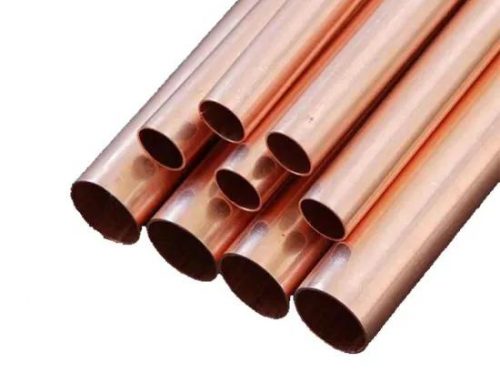1. The barrier function (mainly completed by the liquid slag layer) isolates the contact between air and molten steel, blocks the secondary oxidation of molten steel, blocks the contact between carbon rich layer and molten steel, avoids Carburization on the slab surface, improves the slab surface quality and reduces the loss of steel. Note: surface carburization of low carbon steel and ultra-low carbon steel will produce brittle billets.
2. Thermal insulation (mainly completed by solid slag) greatly improves the plant operating environment (thermal radiation) and facilitates the smooth continuous casting. The solid slag layer with sufficient thickness can give better play to the thermal insulation performance of protective slag and prevent cold steel and floating steel from condensing on the steel level of mold. Many problems and accidents will be avoided by increasing the temperature in the meniscus area of the mold. Such as cracks, pores on the surface of slab, etc.
3. Absorbing and melting impurities (mainly completed by liquid slag layer) assimilation can effectively absorb melting inclusions (system refractory, deoxidation products and other metal inclusions), protect their own performance from change, purify molten steel and improve the purity of slab surface. The low viscosity of protective slag and the proper control of some components of protective slag are beneficial to slag absorption.
4. Lubrication function the excellent lubrication function of protective slag can greatly reduce the friction between billet and copper wall, so as to ensure the smooth operation of billet and the continuous improvement of speed control. The improvement of speed control is related to the process. Moreover, it is directly related to excellent protective slag.
5. Control and uniform heat transfer: the slag film cannot flow evenly between the copper wall and the billet shell, which will cause uneven heat transfer, and all cracks are caused by uneven heat transfer. Control of heat transfer: for gold peritectic steel, the heat transfer rate should be controlled to reduce the degree of peritectic reaction, otherwise serious cracks may occur on the surface of slab.
